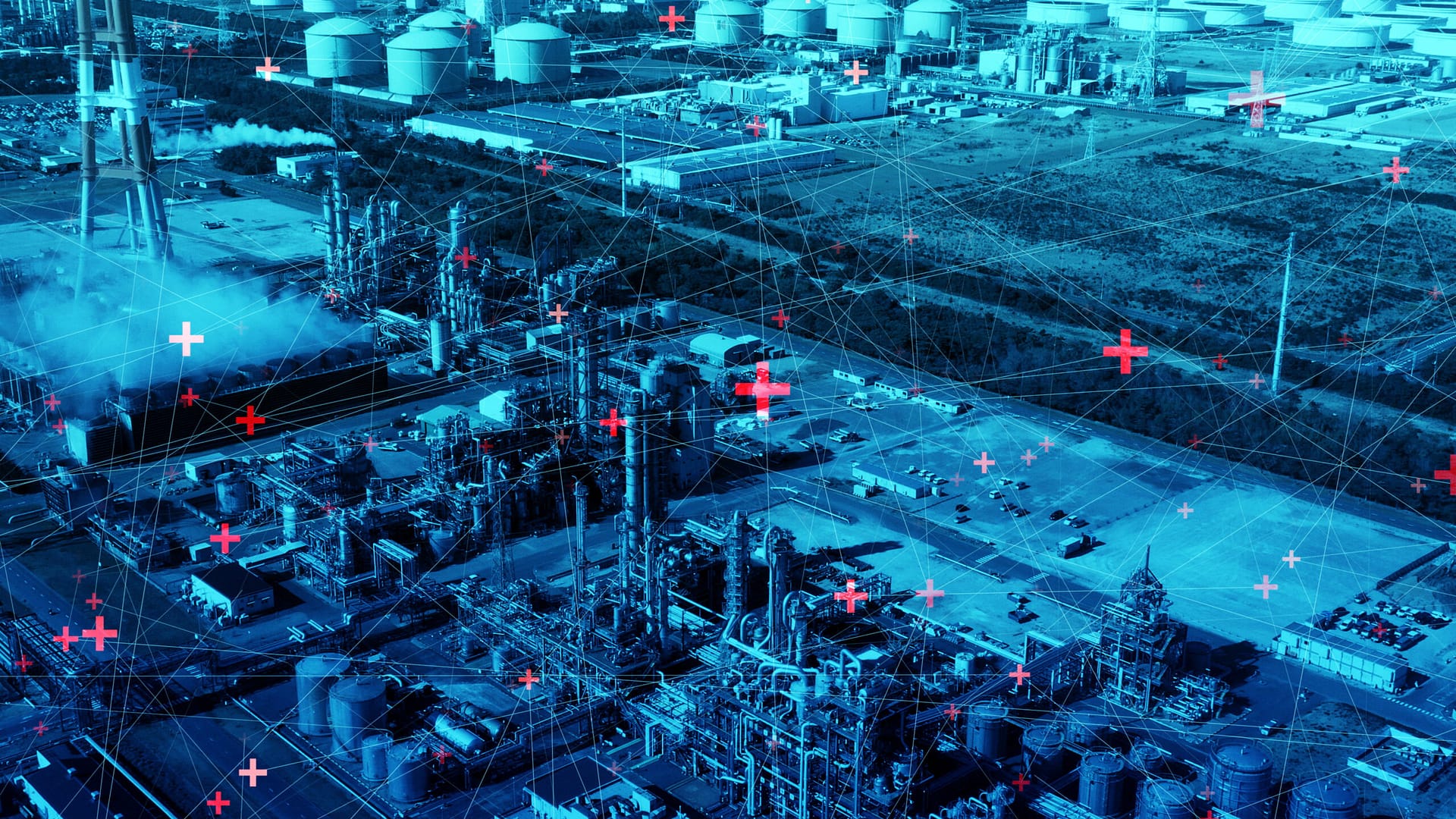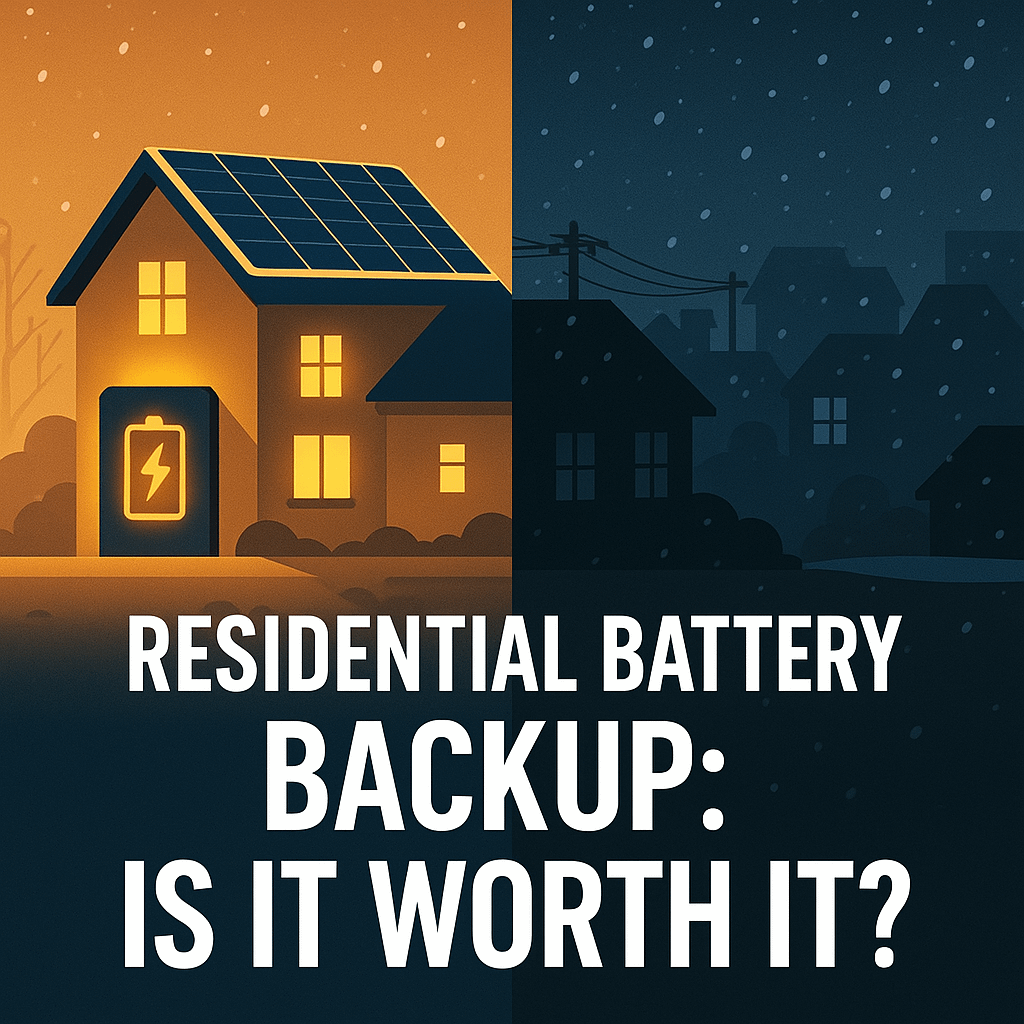Protecting the Power Grid: Why It Matters Now More Than Ever
In this article, we’ll talk power grid security. As the backbone of our modern society, the power grid provides us with the electricity needed to power our homes, businesses, and critical infrastructure. However, as with any essential system, there are those who seek to do harm.
The security of our power grid is an issue that affects us all. A successful attack could lead to catastrophic consequences, including widespread power outages, disrupted critical services like hospitals and emergency responders, and even loss of life.
Power grid attacks can take many forms, including cyberattacks, physical attacks, and attacks on the supply chain of equipment and technology used in the power grid. The potential impact of these attacks highlights the importance of increased vigilance and investment in energy security.
From investing in modernizing our power grid infrastructure to building micro grids for secure and sustainable power generation, there are steps we can take to mitigate these risks. So, let’s dive in and learn more about power grid security and why it’s crucial that we take this threat seriously.
The Danger Lurking: Understanding the Threats to Our Power Grid
Power grid attacks have been a concern for many years, and numerous incidents throughout history have highlighted the vulnerability of the grid.
In 2003, a massive power outage affected millions of people in the United States and Canada. In that instance the culprit was a combination of system failures and human error. Unfortunately, these aren’t the only concerns to worry about. Our grid is constantly under threat.
Due to a constant state of disrepair we are always playing catch up, desperately working to repair the inevitable deterioration of an aging power grid. And what an inconvenient time this is for our power grid to show its age. In the face of unprecedented extreme weather events we need our infrastructure to be more robust. Instead, our decrepit and decaying system, patched up with toothpicks and bubblegum, continues to whither.
And if our terrestrial concerns weren’t enough we also have to look to the skies, lest our sacred burning orb spew grid destroying plasma our way.
Fortunately, grid protection measures can protect us from threats of all sort. But these, let’s call them… passive threats, that we’ve discussed so far aren’t the only ones we need to protect against. That’s not what this article is about. No, this is article is about nefarious actors.
Cyber Attacks
The threat of power grid attacks can take many forms. Cyberattacks, which involve the exploitation of vulnerabilities in the digital infrastructure, have become more common in recent years. Hackers can target power grid systems, gaining access to critical infrastructure, and potentially causing significant damage.
Physical Attacks
Another threat we face from nefarious actors are physical attacks, which involve the physical destruction of power grid infrastructure. Attacks on major grid components can lead to significant damage and disruption to our power supply. Attacks on the supply chain of equipment and technology used in the power grid could leave systems vulnerable to future attacks or natural disasters.
Lessons from Ukraine
In 2015, a cyberattack on a Ukrainian power grid left over 230,000 people without power for several hours. Bet you’ll never guess who the culprit was. Then again, in 2016, likely the same not super mysterious group of hackers caused another power outage, this time cutting power to an estimated one fifth of the population in the capital city of Kiev.
Before the Russian military invaded Ukraine in 2022, Russian hackers tried and failed to bring down Ukraine’s power grid in support of the assault. The hackers used a sophisticated malware to compromise a Ukrainian utility’s control center, giving them access to the power grid’s control systems. The attack was prevented by Ukrainian authorities, but it highlights the increasing threat of power grid attacks and the vulnerability of critical infrastructure.
While it’s true Ukraine was able to recover from these attacks in relatively short order, it’s not hard to imagine how future attempts might be more successful. Especially when combined with lethal military support.
Domestic Grid Attacks
Attacks haven’t been limited to Ukraine. Far from it. Grid attacks have been employed world wide and America is no exception. According to the Department of Homeland Security domestic extremists have been encouraging attacks on electrical infrastructure and developing plans to do so dating back at least three years.
Our grid suffered the first cyber attack we’re aware of back in March of 2019. While it didn’t cause any blackouts, it was definitely a wakeup call. But as we awake to this new threat, another equally pernicious threat is on the rise. The physical variety.
Shocking Reality: The Growing Threat of Power Grid Attacks in the Pacific Northwest
Beginning in November of 2022, a string of substations in Oregon and Washington State were attacked no less than six times in a two month span; culminating with an attack on a special day in late December.
On Christmas Day. That’s right. These folks have no shame. On December 25, 2022, nearly 15,000 customers suddenly found their Christmas trees unlit (unless they had rooftop solar with battery backup). The Grinches went on a Christmas Joy killing spree by attacking three substations in two counties. Fortunately, those joy theives have been arrested.
On December 3, 2022, a North Carolina substation was hit with gunfire that caused major damage, leading to a widespread power outage that left over 40,000 customers without electricity in Moore County. The attack on the substation affected vital equipment which resulted in some customers experiencing power outages that lasted several days. The Moore County Sheriff’s Office and FBI consider the attack to be a case of domestic terrorism.
According to local authorities, the attackers seemed to have known how to be effective and attacked the right equipment for maximum effect. The damage done to the substation was not just vandalism; it was calculated destruction of vital infrastructure that resulted in a significant loss of power.
This attack was quickly followed up on January 17, with another, fortunately less successful, substation attack only 40 miles north.
Beyond Dark
Attacks such as these demonstrate the growing risk of attacks on critical infrastructure and the need for increased investment in power grid security. They highlight the vulnerability of our power grids and the potential for catastrophic consequences if these systems are compromised.
In response to these attacks and others like them, policymakers and industry leaders are taking steps to improve power grid security. However, more needs to be done to ensure the security of our critical infrastructure and to protect our communities from the potentially devastating consequences of power grid attacks.
The Ripple Effect
Power grid attacks aren’t just inconvenient. They’re a significant threat to the stability and security of our society. With the increasing reliance on electricity, the impact of power grid attacks becomes even more significant.
A successful attack could lead to widespread power outages, potentially lasting for days or even weeks. It could disrupt critical services like hospitals and emergency responders, leaving communities without power for extended periods.
The impact of power grid attacks is not limited to the immediate consequences. The consequences of these attacks could also extend to the economic stability of the country, negatively impacting critical infrastructure, government functions, and businesses. The ripple effect could be felt across the economy, impacting businesses and individuals who rely on the power supply.
In the case of extended power outages, businesses may experience lost revenue, while individuals could face significant inconveniences, such as not having access to running water or internet access.
Protecting our power grids is, therefore, of utmost importance. Investment in power grid security is essential, including the modernization of infrastructure and the use of sustainable, local energy sources.
Solutions to Safeguard Our Grid from Attacks
Promoting Awareness
Increasing awareness of the threat of power grid attacks is essential. Individuals and businesses can take steps to protect themselves, such as using strong passwords, keeping software up-to-date, and avoiding suspicious emails and attachments.
Increased public awareness of the importance of power grid security can help to push policymakers to prioritize this issue and take action to protect us. Not only that, but promoting increased public awareness of this threat can encourage individuals and businesses to take action to protect themselves.
Collaboration between industry, government, and academic institutions can facilitate the sharing of information and best practices for protecting our power grids. Vote and hold your elected representatives accountable. Do not allow ourselves to become victims of complacency to this very real threat.
Infrastructure Investment
Invest in modernizing our power grid infrastructure. Many parts of the system are old and outdated, making them vulnerable to attacks. Upgrading and modernizing the system can improve its resiliency and make it better able to withstand attacks.
Local Power Generation
Now, this wouldn’t be Evergreen Off-Grid if we didn’t take you off the grid a bit.
Another way to protect yourself from all major threats against the power grid is to increase the use of micro grids and local, sustainable power generation.
Micro grids are smaller, self-contained power systems that can operate independently of the larger power grid. By generating power locally, micro grids reduce the need for long-distance transmission lines and can be more resilient in the face of power outages or attacks. Using sustainable power sources such as solar or wind power has the added benefit of reducing our reliance on fossil fuels while increasing the resiliency of our power system.
Rooftop Solar
If you are personally concerned about what might happen if a power grid failure leaves you without electricity then rooftop solar could be the answer you’ve been searching for. With a rooftop solar system, you’ll have an alternative source of electricity that can help you stay powered up even if the larger power grid is down.
Large scale power outages are a real concern, and recent incidents have shown just how vulnerable our critical infrastructure can be. But with a rooftop solar system, you can reduce your reliance on the power grid, making you less vulnerable to widespread power outages whether they’re caused by attacks or nature’s wrath.
In addition to providing an alternative source of electricity during outages, rooftop solar is also environmentally-friendly, can help you reduce your carbon footprint and save money on your electricity bills over time. Generate power locally, impact globally and keep your electric bill money in your pocket.
Take Action
It’s crucial that we take the threat of power grid attacks seriously. A successful attack could have far-reaching consequences, including widespread power outages, disrupted critical services like hospitals and emergency responders, and even loss of life. Ensuring the security of our power grids is a shared responsibility that requires action from individuals, businesses, and policymakers.
In addition to the solutions outlined above, there are other steps we can take to improve power grid security. For example, we can increase investment in research and development of new technologies that can improve the security of our power grids. We can also promote collaboration between industry, government, and academic institutions to share information and best practices for protecting our power grids.
The future of power grid security is in our hands. By taking action now, we can help ensure that our power grids remain secure and our society remains stable. Let’s work together to protect our power grids and keep our communities safe.
This article is part of Evergreen Off-Grid’s AI Assist blog category. Find human only generated content here.
Evergreen Off-Grid generated this article in part with GPT-3, OpenAI’s large-scale language-generation model. Upon generating draft language, Evergreen Off-Grid reviewed, edited, and revised the language to our liking and we take ultimate responsibility for the content of this publication.






